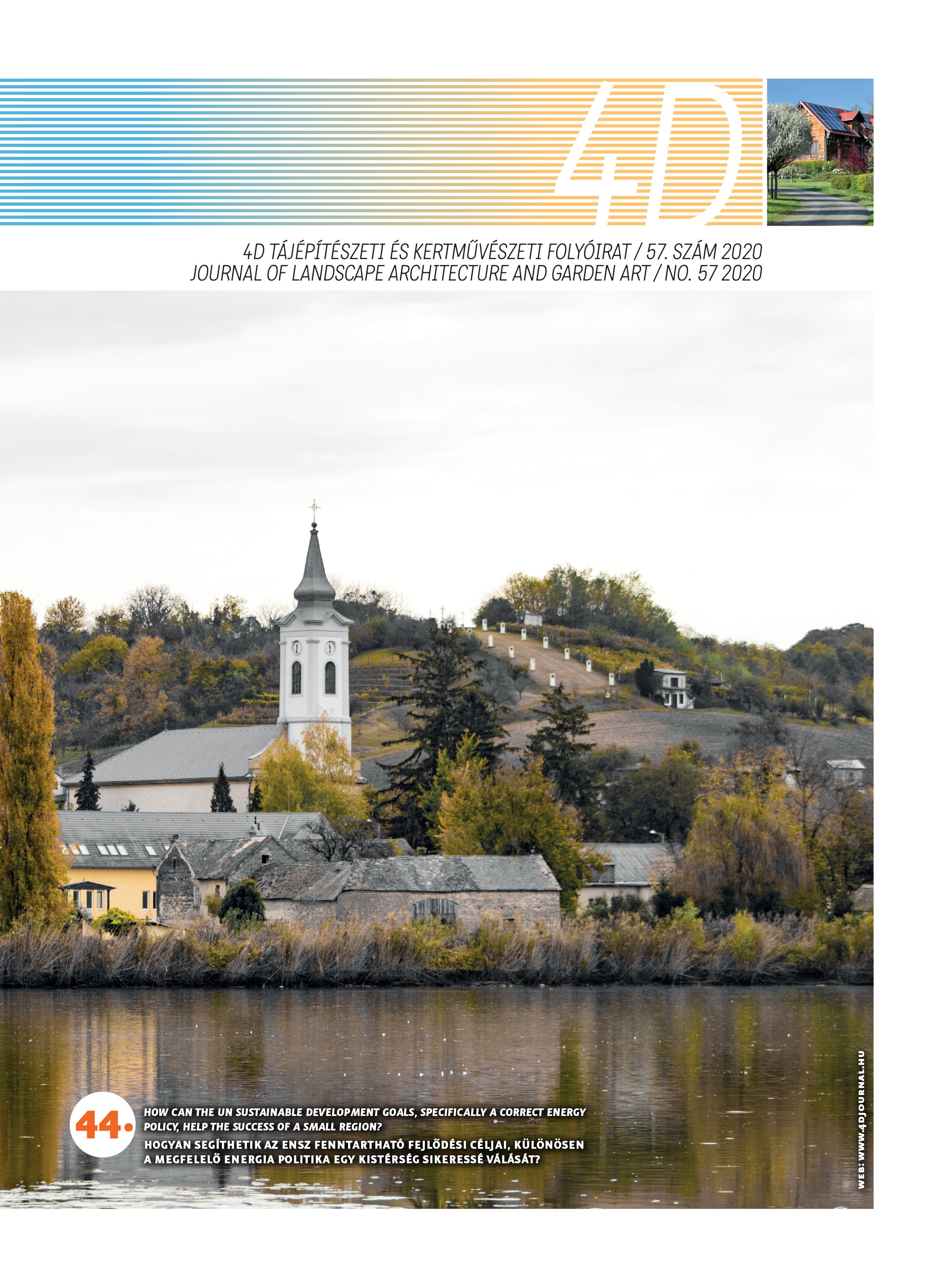Ecological Corridors In The Carpathians : The Connectgreen Project
DOI:
https://doi.org/10.36249/57.1Keywords:
Carpathian region, Ecological corridorAbstract
The Carpathian region covering the territory of several countries is possessing outstanding ecological values, as it offers habitat for the largest population of large carnivores in Europe. The Charpatians offer the largest, natural, intact habitat network for one third of large carnivores in Europe (brown bear, wolf, lynx, European bison and imperial eagle). The economies of the region develope by an intense rate with great scale infrastructure planning and construction causing the fragmentation of landscape connectivity. To avoid the conflicts it is inevitable to harmonize the needs of development and nature protection. Unfortunately, the planning practice cannot prevent the problems and maintain the functionality of ecological corridors. To avoid the continuous loss of habitats it is important to harmonise the needs of the society and protection of natural values by cooperation on intenational level.
The ConnectGREEN international project covering 5 countries and various fields of activity (spatial planning, research, government, biodiversity conservation) joined forces to increase the capacity of ecological corridors identification and management and to restore ecological corridors in 3 pilot areas. The objectives of the project:
- Developing innovative solutions and guidance to identify ecological corridors and connectivity gaps in a harmonized way across the Carpathian ecoregion to maintain long-term, cross-border wildlife movement, associated ecosystem services and a high level of biodiversity in the region.
- Engaging experts from diferent fields (protected area site managers, conservationists, spatial planners and other key stakeholders) in an integrated approach for strengthening the capacity for identifying and managing ecological corridors.
- Reconciling nature conservation and spatial planning and development in ecological corridors and Natura 2000 sites by identifying and implementing strategic directions and instruments and practices
References
Görner T. – Kosejk J. (2011): Territorial system of ecological stability (TSES) in the Czech Republic. Agency for Nature Conservation and Landscape Protection of the Czech Republic. URL: http://www.gdos.gov.pl/files/artykuly/18260/T_Gorner_J_ Kosejk_Abstract.pdf
Illés I. (2011): Regionális gazdaságtan, területfejlesztés. Typotex Kiadó: Budapest
Koresawa A. – Konvitz J., (2001): Towards a New Role for Spatial Planning In: OECD iLibrary honlapja, DOI: https://dx.doi.org/10.1787/9789264189928-en
Kozová M. – Hrnčiarová T. – Drdoš J. et al. (2007): Landscape Ecology in Slovakia : Development, Current State, and Perspectives. Ministry of the Environment of the Slovak Republic, Slovak Association for Landscape Ecology, – IALE-SK: Bratislava, Czeh Republic
Kristýna Vlková – Vladimír Zýka – Dušan Romportl (2019): D.321. Report on Identified conflicts between conservation and spatial planning and development. VÚKOZ: Průhonice, Czech Republic
CEEweb for Biodiversity. [online][honlap]. URL: http://www.ceeweb.org/
Emerald Network. [online] In Convention on the Conservation of European Wildlife and Natural Habitats honlapja. URL: http://emerald.eea.europa.eu/
Esri: ConnectGREEN: Core areas and ecological corridors for large carnivores in the Carpathians [online] In Interreg Danube Transnational Programme honlapja. URL: https://experience.arcgis.com
Downloads
Published
Issue
Section
License
Copyright (c) 2020 Filepné Kovács Krisztina, Valánszki István, Ivancsics Vera, Kollányi László, Kristýna Vlková, Vladimír Zýka, Dusan Romportl, Cristian-Remus Papp

This work is licensed under a Creative Commons Attribution-NonCommercial-NoDerivatives 4.0 International License.
A folyóirat Open Access (Gold). Cikkeire a Creative Commons 4.0 standard licenc alábbi típusa vonatkozik: CC-BY-NC-ND-4.0. Ennek értelmében a mű szabadon másolható, terjeszthető, bemutatható és előadható, azonban nem használható fel kereskedelmi célokra (NC), továbbá nem módosítható és nem készíthető belőle átdolgozás, származékos mű (ND). A licenc alapján a szerző vagy a jogosult által meghatározott módon fel kell tüntetni a szerző nevét és a szerzői mű címét (BY).



